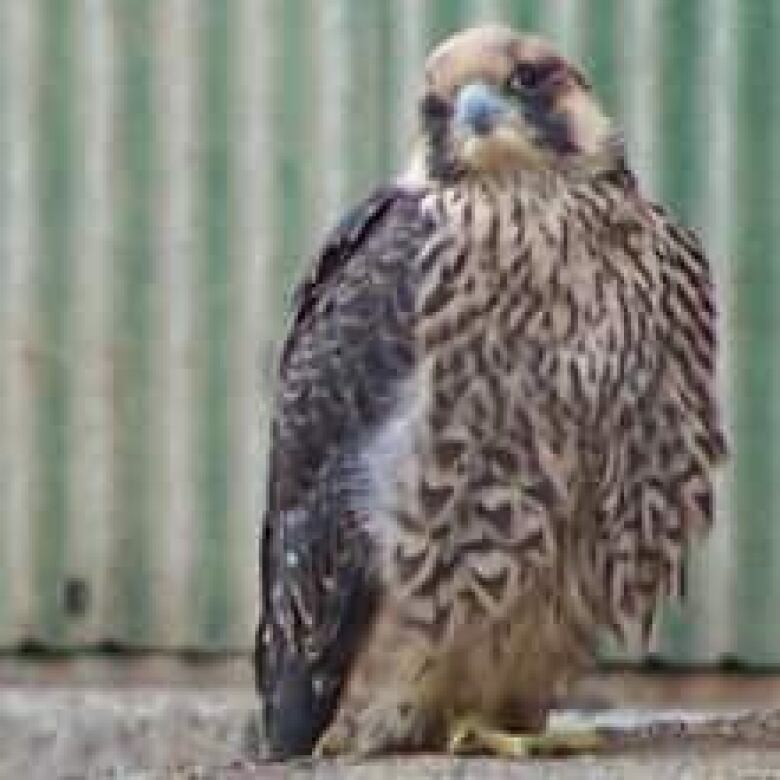Rare falcons move into Sudbury mine sites


The nesting sites are located on property owned by mining giant Vale, which has been forced to alter some of its plans to accommodate the birds, listed as a threatened species under Ontario's Endangered Species Act.

The company wants to demolish the building, a former ore recovery plant, saying it poses a health and safety hazard to both humans and the birds.
The demolition ison hold because of requirements under Ontario endangered species legislation to protect the birds.
The company has put up two nest boxes on a nearby smokestack, which will continue to be used for nickel refining, in the hopes that the birds will move.
Peregrine falcon comeback
In the 1950s, the peregrine falcon population was decimated by the use of the pesticide DDT. By the 1970s, there were very few left in Ontario. DDT was banned in Canada in 1985. The falcons have since made a comeback. There are now around 100 peregrine nesting sites across Ontario. The peregrine falcon was nationally downgraded from endangered to threatened in 2000 and is now listed as a species of special concern. In 2006, it was downlisted from endangered to threatened in Ontario.
"They've started perching in the area of those nesting boxes this year, which is fantastic news," Merla said.
"We haven't been able to confirm that they are inside and nesting, but that their showing interest is definitely positive."
Vale is also planning to discourage the birds from nesting in the building by covering the windows and ledges with snow fencing.
Provincial endangered species legislation bars the company from harming or killing the birds, said Eric Cobb, a species at risk biologist with the Sudbury district of Ontario's Ministry of Natural Resources.
"If the birds do try to nest despite the harassment, then they have to be left alone," he said.
Once the birds have finished nesting, Vale is free to demolish the building.
Merla said the company is also monitoring falcons nesting in some of the company's open pit mines, with help from a Laurentian University biologist. Currently, no mining is being done at those particular sites. If work does begin, the company will need a special permit from the Ministry of Natural Resources.
Urban nests

He added that the species has shown some tolerance to human activity. They have nested successfully in highrises in cities like Toronto and Ottawa, and there is a pair nesting this year under Windsor's Ambassador Bridge.
Merla noted that the species has now been downgraded from endangered to threatened status.
"One of the reasons that they've managed to make such a big comeback," she said, "is largely due to their adaptability."
In the Sudbury area, she also credited Vale's efforts to restore local habitat, creating attractive hunting grounds for the birds.
With files from Megan Thomas












_(720p).jpg)


 OFFICIAL HD MUSIC VIDEO.jpg)
.jpg)



























































































